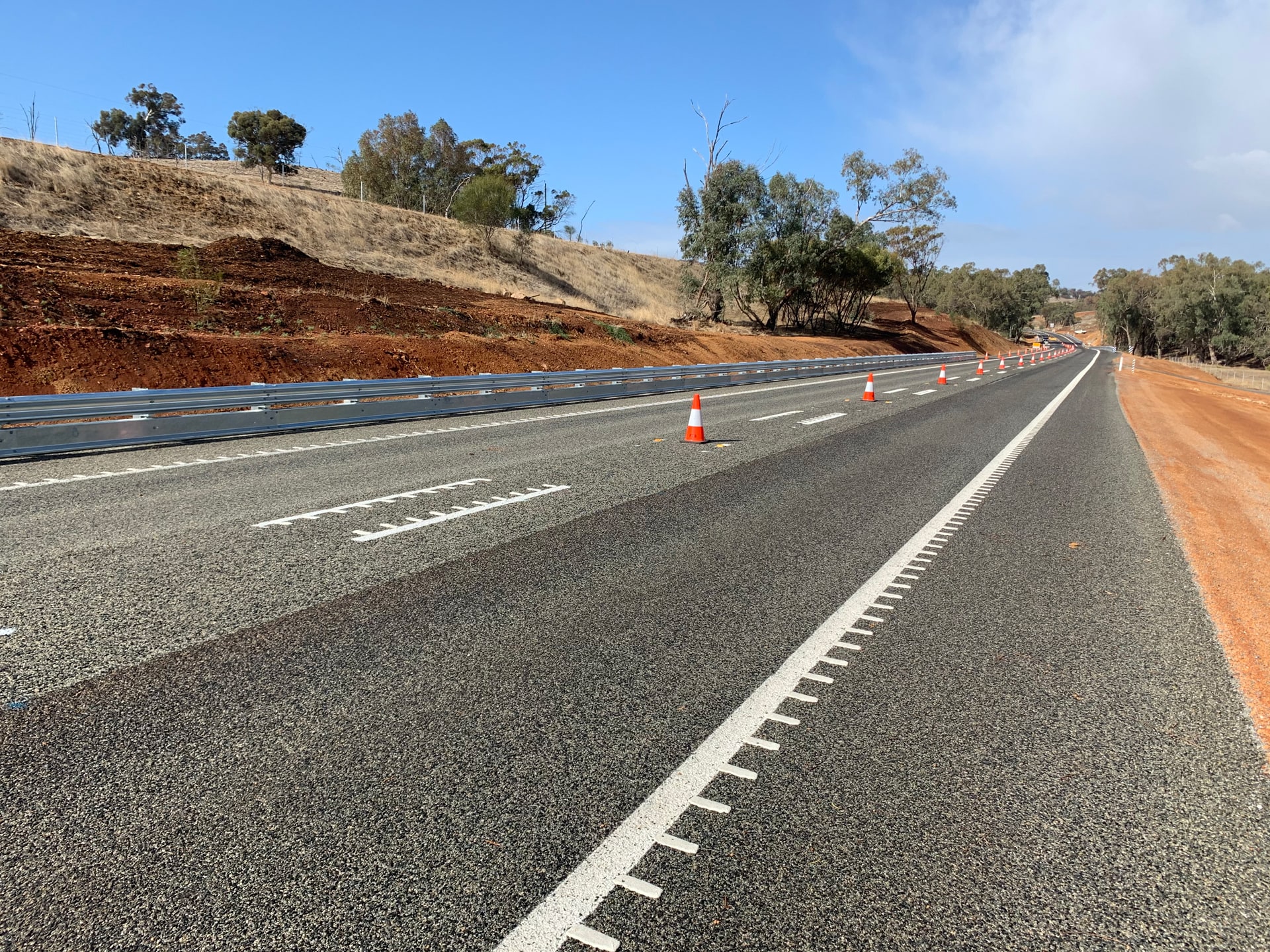Bridging the Gap Promises a Sweet Ride
The new 271 metre Redcliffe Bridge delivered by the Tonkin Gap Project is key to unlocking the bottleneck on Tonkin Highway, between Collier Road and Dunreath Drive.
The bridge was built using the incremental launch method, requiring 20-metre-long bridge segments constructed on site and then incrementally launched across the Swan River (Derbarl Yerrigan) from the southern embankment. The incremental launch method was deemed an innovative way to build the bridge delivering social, environmental, and local economic benefits. We worked collaboratively with the local community and other stakeholders, focusing on reducing the impacts of the project on the Swan River.
Measures taken to minimise impacts on the Swan River included preserving vegetation on the riverbank, using marine mammal observers, employing Whadjuk Heritage Monitors to observe works in and near the river, conducting water quality testing, and working closely with the Department of Biodiversity, Conservation and Attractions.
The innovative bridge has a lengthy launch girder which assisted in delivering environmental benefits. Two girders were joined to create a 53-metre girder that allowed our team to launch the bridge across the entire width of the river, eliminating the need for a temporary pier in the riverbed. Absence of a temporary pier meant that disturbance on the river was greatly reduced.
Our design work on the bridge and its completion earned the Tonkin Gap Alliance a Gold rating from the Infrastructure Sustainability Council.
Currently about 122,000 vehicles use the bridge daily making it one of the Metropolitan area’s busiest roads. The Tonkin Gap Project is delivering additional lanes, new interchanges, bridges, and a shared path between Collier Road and Dunreath Drive as part of the overall strategy to transform the highway to a high standard, north-south transport link from Muchea to Mundijong.
The Redcliffe Bridge upgrade and other works are anticipated to save commuters up to six minutes driving time during morning peak and up to eleven minutes in the afternoon. The Tonkin Gap Project will be completed late 2023. To get the latest project information visit our website.




